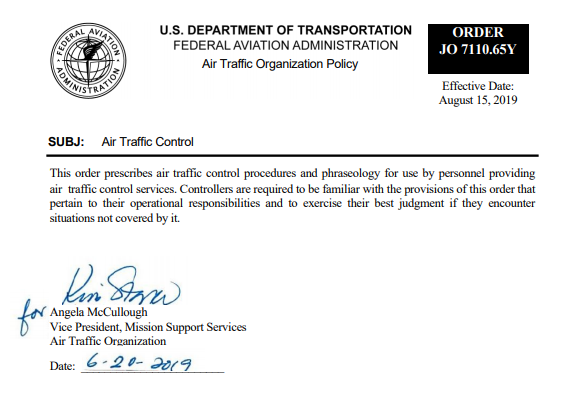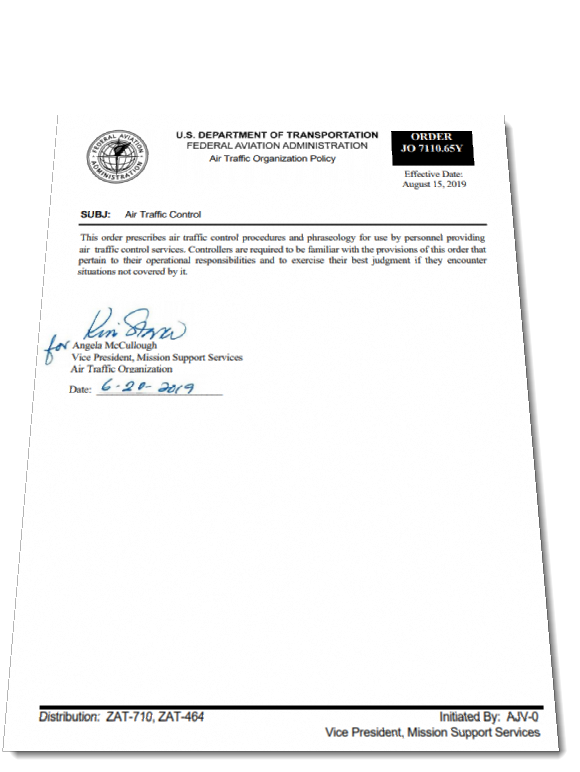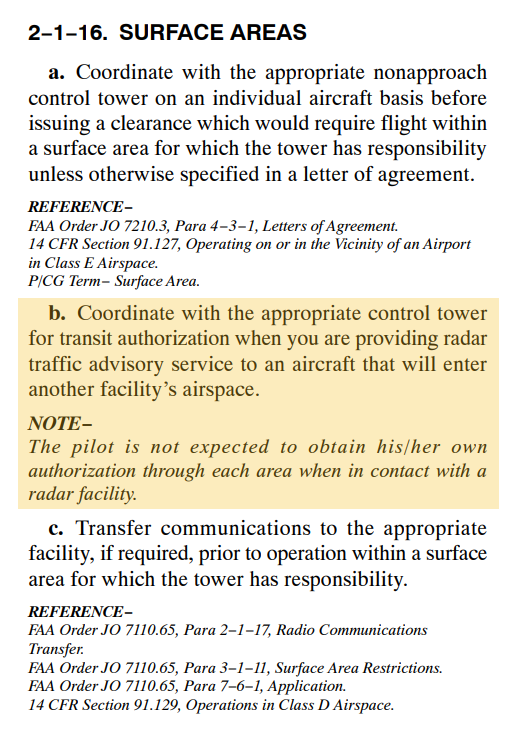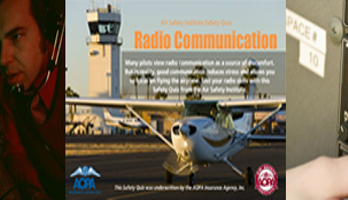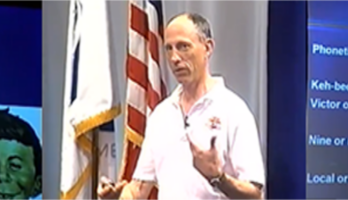A common question about Flight Following :
“If you are receiving Flight Following with Air Traffic Control (ATC) and are going to be transitioning Class C or D airspace, do you need explicit authorization/permission to enter those airspaces (relayed by Center) or can it be assumed?”
Some Pilot Said…
Two-Way Radio Communication with Class D & Class C
The reason this is often asked is because the FAR/AIM says that before entering Class C or Class D airspace the pilot needs to establish two-way radio communication, for example:
Two−way radio communication must be established with the ATC facility providing ATC services prior to entry and thereafter maintain those communications while in the Class D airspace.
FAR/AIM
Read the full regulation at § 91.129 – Operations in Class D airspace and § 91.130 – Operations in Class C airspace.
Normally Entering Class D or Class C
So normally, when entering Class D or C without Flight Following you make an initial call something like:
“Redmon Tower, helicopter 123JB 10 miles south, 4000, inbound with (information) Whiskey”
If you hear “Helicopter calling, standby” – you have NOT established two-way communication as ATC did not use your tail number.
But if you hear “Helicopter 123JB, Redmond Tower, Standby” you have established two-way radio communication and may proceed inbound and enter the airspace.
Entering Class D or Class C with Flight Following
So back to the original question, when you are on frequency with ATC getting Flight Following, how do you establish two-way communication with the Class D or C, prior to entering the airspace? Well the good news is, you don’t need to ask for a frequency change to speak with the tower/approach and you don’t even have to request authorization from Center. Lets look at the 7110.65…
7110.65 – Air Traffic Control Order
7110.65 – Air Traffic Control Order is a regulatory order that prescribes air traffic control procedures and phraseology for use by personnel providing air traffic control services . 7110.65 is like the FAR/AIM that pilots use, but for ATC and it’s content is regulatory for air traffic controllers. Under section 2-1-16 Surface Areas (b) it states:
Coordinate with the appropriate control tower for transit authorization when you are providing radar traffic advisory service to an aircraft that will enter another facility’s airspace.
7110.65 – Air Traffic Control Order 2-1-16 Surface Areas
And perhaps because this question has been asked by pilots so much, a note was added (bold added for emphasis):
NOTE−
7110.65 – Air Traffic Control Order 2-1-16 Surface Areas
The pilot is not expected to obtain his/her own authorization through each area when in contact with a radar facility.
But if you are ever unsure, like anything, it is always best to ask ATC…


